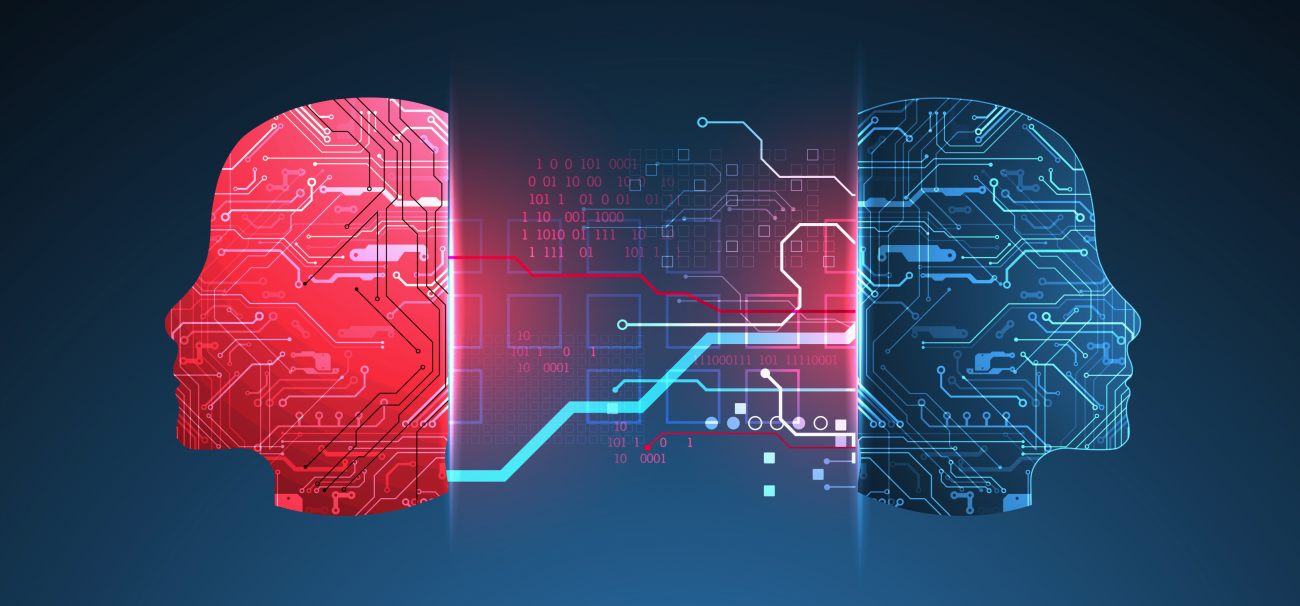TRENDS IN VISUAL QUALITY INSPECTION

As we step into 2023, more leaders in the manufacturing sector are becoming aware of the benefits of digital technologies in the quality inspection processes and are implementing them. AI-driven visual inspection specifically has brought about a paradigm shift in the shopfloor, making the workforce more productive and efficient.
Organizations across industry verticals are leveraging new-age technologies to cater to the evolving market demand. The Manufacturing industry is also witnessing significant disruption across its business units, including the shopfloor and this will continue as organizations embrace Manufacturing 4.0. New developments in recent years, specifically in the quality control function, have significantly contributed to the Manufacturing sector’s success in the new normal.
As we step into 2023, more leaders in the sector are becoming aware of the benefits of digital technologies in the quality inspection processes and are implementing them. AI-driven visual inspection specifically has brought about a paradigm shift in the shopfloor, making the workforce more productive and efficient. This includes machine learning and deep learning that can be leveraged for complex applications while saving time and resources. The implementation of this technology strategically has increased customers’ trust and brand reputation with the organization gaining a competitive edge in the marketplace.
This article throws light on the trends in the quality control aspect in manufacturing for the coming year, with insights on how manufacturers are looking to leverage them for their benefit.
1
High-Mix Low-Volume (HMLV) with human-in-the-loop to gain more traction
Besides High-Volume Low-Mix (HVLM) businesses, there is an increasing focus on HMLV, also known as make-to-the-order manufacturing, today. This refers to the process of producing a higher variety of products that are complex, and in smaller quantities, such as jewelry. In this case, each batch of jewelry must look different from the rest, in terms of gold weight, pearls, or any other gemstone used in the making of it. Here, AI is leveraged to support and enhance human inspection activity in the manufacturing process after the process automation, which takes place at the first level. Humans review the product with AI supporting them in making decisions, called Human-in-the-loop (HITL). This approach is more reliable and accepted by the industry as real people are involved in the algorithm cycle of training, tuning, and testing. With systems and products becoming more complex, this process is suitable especially when there is a need to augment human decision-making.
2
Integrated solutions to replace single-camera operations
Industry 4.0, the new phase in the industrial revolution, is drastically changing the ways companies manufacture where the focus is on interconnectivity, automation, real-time data, and AI. Single-camera solutions at the assembly lines have been used in visual-inspection requirements for a long time. However, these solutions deliver a single-dimensional view only, making the process highly time-consuming and less efficient. Today, multi-camera set-ups combined with human intelligence are more in demand. These cameras provide a complete 360-degree view and capture the entire image for analysis. These integrated solutions possess more capabilities, are flexible, and help in managing a wide variety of tasks.With advanced developments in automation and technology changing the entire setup, single-camera operations are becoming a thing of the past, especially for final inspections at assembly lines. In the coming year, integrated solutions with gain more traction.
3
Market adoption of anomaly-based detection on the rise
AI-based visual inspection for large-scale production of a new product has the requirement of numerous samples for each defect and this is highly difficult to procure. It becomes a greater challenge when the time-to-market is less and there are not many samples or past data available since the product is manufactured for the first time at the plant.
In such cases, the anomaly-based detection technique can come to the rescue. In this method, a smaller number of ‘ok’ products are used to train the AI model and anything other than that is classified as ‘not-ok’. This method is gaining a lot of attention from manufacturers who are producing the product for the first time and don’t have historical data to refer to.
4
Adoption of Cloud + Edge rather than Pure-Edge processing
When AI-based visual inspection was adopted at a single manufacturing unit, the processing of data was done at the Edge. However, when manufacturers started to expand to several units in different locations, they wanted to have a holistic view of the quality process by consolidating the information across plants. The need was addressed by adopting Cloud + Edge processing, where decision-making still happens at the Edge and data analytics takes place in the Cloud. Similarly, iterations for model accuracy could be performed on the Cloud, leaving inferencing at the Edge. This new process is adopted by large manufacturing organizations across industry verticals.
5
Demand for Full-Stack Engineers and Data Scientists with a ‘product mindset’
For training the AI models in the visual inspection process on the shop floor, there are requirements of both Data Scientists and Full-Stack Engineers. Data Scientists help in collecting data and preprocessing it before analyzing the data. Full-Stack engineers or Full-Stack Developers design, test, and implement various applications. With India having more service companies than product-oriented ones, these specialists generally do not possess the expertise of having a product mindset. However, with the China + 1 policy and more product manufacturing companies established in the country, today, there is an increase in demand for those full-stack engineers and data scientists who have a ‘product mindset’.
Businesses that focus on upgrading their inspection and quality control technologies, techniques, and processes undoubtedly achieve greater results. These new trends will certainly lead to optimum performance, higher and good quality throughput, and better business outcomes while enhancing the customer experience at manufacturing companies.
Today, multi-camera set-ups combined with human intelligence are more in demand. These cameras provide a complete 360-degree view and capture the entire image for analysis. These integrated solutions possess more capabilities, are flexible, and help in managing a wide variety of tasks.


SEKAR UDAYAMURTHY
CEO & Co-Founder
Jidoka Technologies



 Facebook
Facebook.png) Twitter
Twitter Linkedin
Linkedin Subscribe
Subscribe